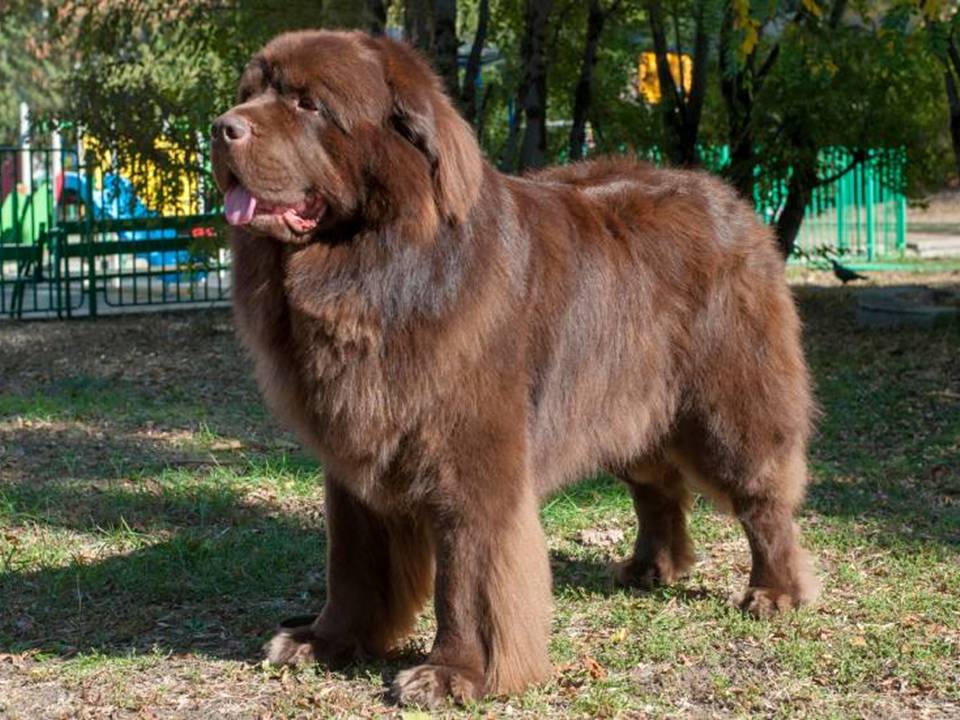The Newfoundland Dog-World’s Most Powerful Waterdog
The Black Newfoundland Dog is famous for its gentle temperament, strength, and majestic appearance. People around the world love this breed. Its history is as deep and mysterious as its dark coat. The breed originated centuries ago on the rugged coasts of Newfoundland, Canada. From a working dog in harsh, cold environments, the Black Newfoundland Dog has become a cherished companion in homes worldwide. Its story is one of resilience, adaptation, and a strong bond between humans and dogs.
Origins: The Canadian Roots
The Newfoundland breed, including the iconic black variety, began on the island of Newfoundland in the early 1700s. Historians are unsure of the exact origins due to limited records. However, many believe the breed descended from indigenous working dogs on the island. These dogs likely mixed with European breeds brought by explorers, fishermen, and settlers in the 16th and 17th centuries.
Newfoundland was a key location for the fishing industry. Early settlers needed strong, reliable dogs to help with tasks, especially those involving water. The dogs hauled nets, retrieved objects from the water, and rescued people who fell overboard. Their webbed feet, water-resistant coat, and excellent swimming ability made them perfect for these jobs. Over time, the Newfoundland Dog became an essential working companion in maritime environments.
European Influence and Breed Development
The Newfoundland Dog’s ancestors likely include the St. John’s Dog, a now-extinct native breed from Newfoundland. The St. John’s Dog was smaller and agile, with excellent swimming skills. Fishermen loved these dogs. Crossbreeding between St. John’s Dogs and large European breeds, such as the Great Pyrenees and Portuguese Water Dog, helped shape the modern Newfoundland.
In the early 19th century, European fishermen and settlers started exporting Newfoundland Dogs to England and other parts of Europe. In England, the breed’s size, strength, and swimming ability made it popular among both the aristocracy and working class. British breeders refined the breed further, focusing on its giant size and gentle temperament. The black coat became highly prized and is now the most recognized colour, though Newfoundlands can also be brown, grey, or black-and-white (called Landseer).

The Newfoundland’s Role in Water Rescue
Newfoundland Dogs are famous for their lifesaving abilities in water rescue. Their large size, webbed paws, and thick double coat allow them to swim long distances in freezing waters. Their calm demeanour helps them handle emergencies with remarkable composure. Fishermen and sailors have long relied on these dogs to save lives during shipwrecks or when people fell overboard.
One famous example occurred in 1919. A Newfoundland named “Tang” rescued 92 people from the wreck of the SS Ethie off the coast of Newfoundland. Tang carried a line from the shore to the stranded ship, saving every passenger aboard. Stories like this have cemented the Newfoundland’s reputation as one of the best water rescue dogs in history.
Even today, Newfoundlands assist in water rescue operations. In Italy, the Italian School of Water Rescue Dogs trains them to help lifeguards. Their natural instinct to save lives and powerful swimming ability make them invaluable in such situations.

The Black Newfoundland in Popular Culture and Literature
The Black Newfoundland Dog has not only excelled in working roles but also captured the hearts of writers, artists, and dog lovers. In the 19th century, poet Lord Byron owned a Newfoundland named “Boatswain.” Byron adored Boatswain and wrote a heartfelt epitaph for his grave when the dog passed away. The epitaph praises the dog’s virtues and expresses Byron’s deep sorrow.
In literature, the Black Newfoundland appears in various works. For example, the character Nana in J.M. Barrie’s Peter Pan is often depicted as a Newfoundland in stage and film adaptations. The breed’s gentle nature and protective instincts make it a perfect choice for the role of a canine caretaker.
The Newfoundland in Modern Times
Today, Black Newfoundlands are beloved family pets. They are gentle, patient, and excellent with children. Their loyalty, intelligence, and calm temperament also make them great therapy and service dogs. They provide comfort and support in many settings.
Newfoundlands still serve in working roles, especially in search and rescue operations. Their powerful build and swimming ability make them ideal for water rescues. They can pull boats or help rescue individuals in distress.
Despite their size—they can weigh up to 150 pounds—Newfoundlands are known as “gentle giants.” They have a mild-mannered and affectionate nature. Their thick, water-resistant coats and strong build suit cold climates, but they need regular grooming and care to stay healthy and happy.
Conclusion
The Black Newfoundland Dog has a remarkable history of adaptability and loyalty. From its origins on the rugged coasts of Newfoundland, where it helped fishermen and saved lives, to its modern role as a cherished companion and working dog, the breed has remained one of the most versatile and beloved in the world. Its strength, swimming ability, and gentle nature have won the hearts of dog lovers for centuries. The Black Newfoundland Dog continues to inspire awe and admiration wherever it goes.


